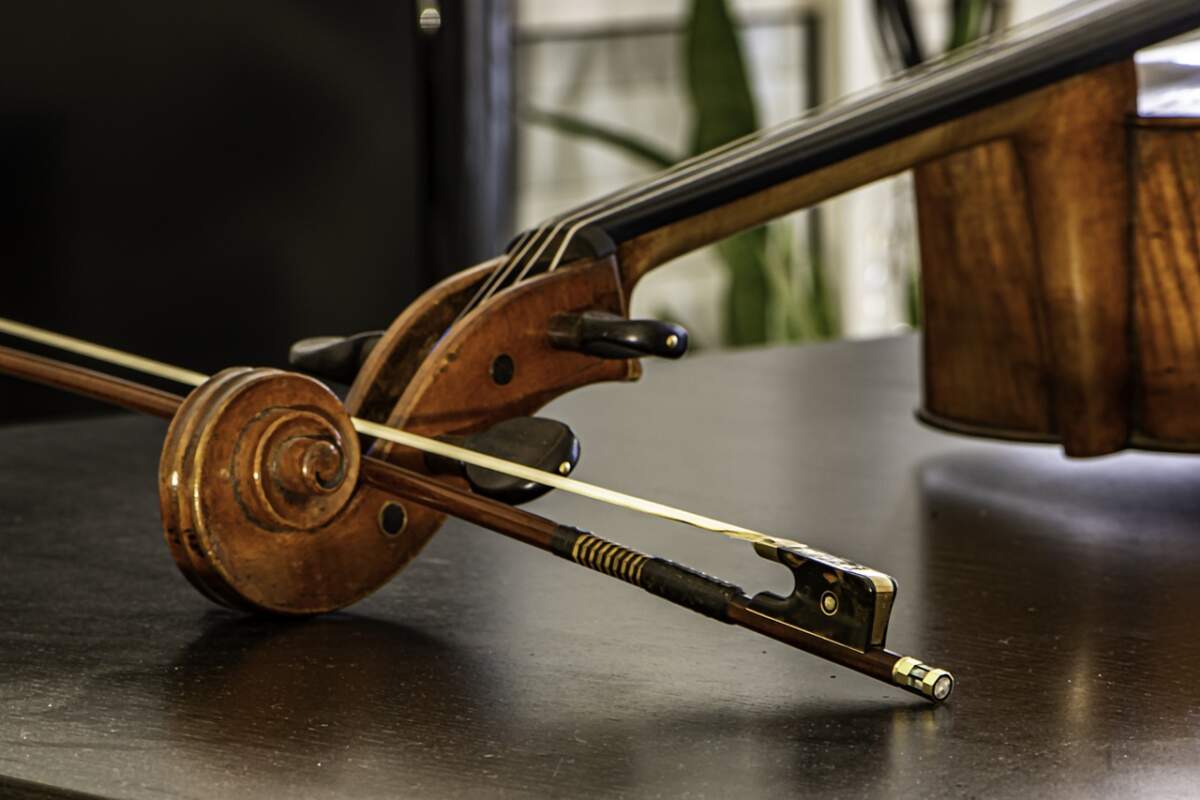Cello choreography is a practice and performance technique which too often overlooked. In this blog (and in the video below), I’ll fill you in on what this is all about and why it’s so important.
Mastering Cello Choreography: A Crucial Element for Better Performance
When it comes to playing the cello, it’s not just about correct posture, good intonation, a beautiful sound quality or the the notes on the page; it’s also about mastering the choreography of your movements. This attention to detail is what separates the good cellists from the great cellists.
1. Why is Cello Choreography So Important?
Have you ever experienced a disconnect between your practiced piece and your on-stage performance?
There may have come a time when you sat on stage to perform a piece (a piece you thought you knew), but when you started playing, things just felt amiss. You felt like your bow didn’t know which direction to go and that your left hand wasn’t sure which position to shift to.
And the problem you encountered was most likely that your arms and hands were moving a different direction than how you practiced it. They were confused.
ANSWER: Cello choreography addresses the crucial aspect of movement consistency, ensuring that your hands and bow move in the intended direction during your performance.
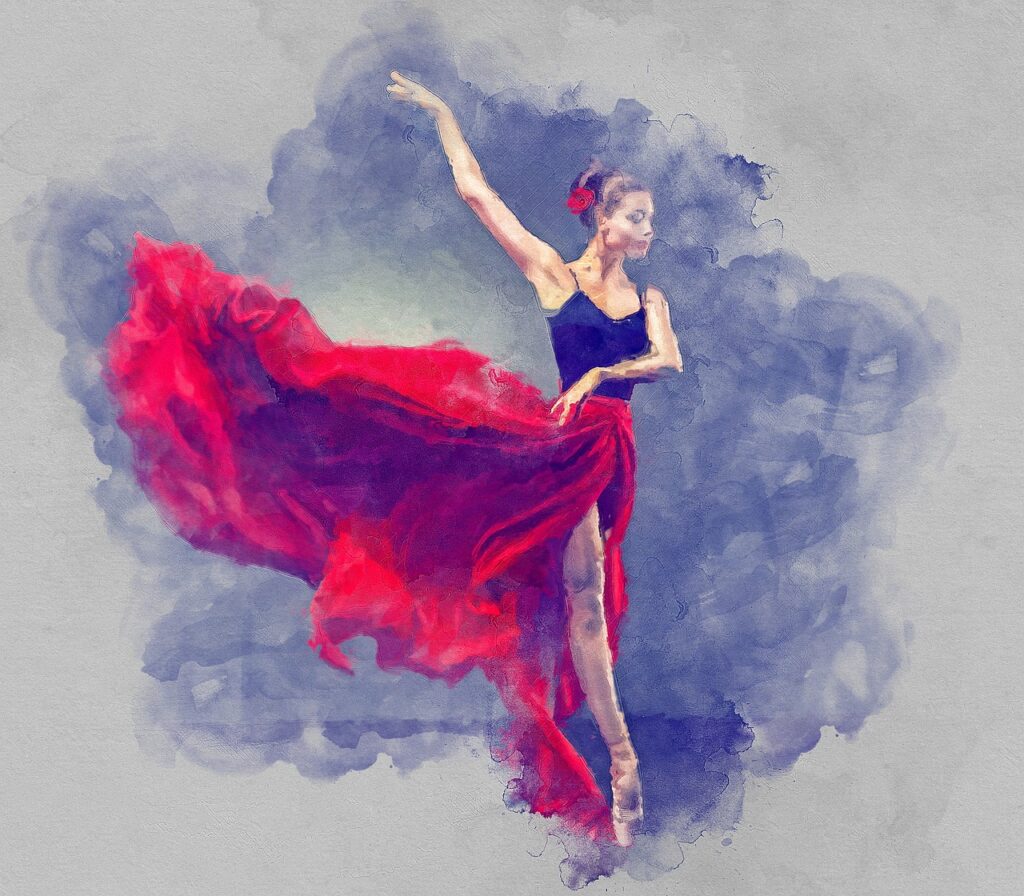
2. Understand Directional Movements in Cello Choreography
Dancers must learn choreography to be able to perform a routine correctly and consistently. They learn which arm moves before which leg and which direction the body must turn for every moment. They learn how long to hold every position before moving to the next position. They understand how the rhythm correlates directly to how they move.
If the cello were invisible on the cellist, you would see a dance (granted not a very interesting one, but a dance none-the-less😁). The arms and fingers would be moving at different times and at different locations along the cello fingerboard and the strings.
If this cello dance is repeated correctly and accurately every time the cellist practices, those movements will start to become automatic. Having a piece of music rehearsed with this much intention and awareness means that the end result is a much more precise performance.
3. How Can We Learn Consistent Choreography as a Cellist? Start by Marking Your Music.
An effective strategy to tackle cello choreography is meticulous marking of your sheet music. This involves not only noting down fingerings but also marking bow direction and understanding the bow distribution for each passage. The more markings you make, the more consistently you’ll execute the correct movements.
Mark Bowings
Marking your music with bow markings is a proactive way to prevent confusion during practice. Whether it’s starting on a down bow or up bow, consistency is key. Mark bowings OFTEN throughout your music! If you start a piece of music, and don’t stop until the end, and you don’t make any mistakes, you’ll probably end on the correct bow.
But what if you have to stop during your practice? (And I might add, if you don’t stop during your practice session, you are definitely going about this all wrong. Here’s a blog about how to practice the correct way).
When you stop (because you have to work through a difficult passage) how do you know what direction to draw the bow when you resume? Should it be a down bow? Should it be an up bow? You might not take the required time to count back to figure out what bow you should be on – plus that’s not the most useful way to spend your practice time. BUT, if you’ve taken that time to make frequent bow markings on your part, you can pick up on the correct bow stroke and the planned choreography will once again be reinforced.
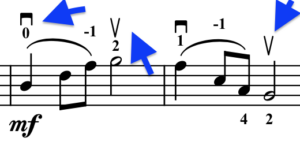
Mark Finger Numbers
The same concept is true for finger markings. Fingerings let you know what string to play on and which position you need to be in for a particular note.
If you practice shifting to a note during one practice session, but you decide to stay in a lower position (perhaps on a different string) the next time you practice that same passage, there’s no consistency in your movements.
If you practice inconsistently this way, you’ll be confusing your brain. During a performance your brain will not remember which direction it needs to go and you’ll have make the best / quickest guess you can at that precise moment. That usually does not lead to a successful performance. It will most likely make your anxiety increase and the performance could suffer.
So again, mark your fingerings!
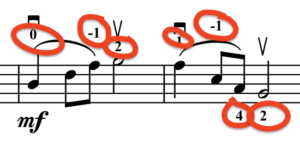
Become More Aware of Bow Distribution
Understanding where you are on the bow is just as critical as knowing the correct bowing direction. Bow distribution, whether in the lower half, upper half, or using the entire bow, needs to be marked to prevent unintended changes in bowing direction due to insufficient bow length or bow speed.
The most common (though not exclusive) bow distribution markings are:
- WB = Whole Bow – Use the whole bow on a particular note or passage.
- UH = Upper Half – Play in the upper half of the bow.
- LH = Lower Half – Play in the lower half of the bow.
- MB = Middle Bow – Play in the middle of the bow.
Mark these symbols in your part above the notes as a constant reminder when you are practicing. Proper bow distribution will keep you in the right part of the bow at the right time.

Practice at Performance Tempo When Ready.
When you practice a piece of music at a slow tempo, it will have different choreography than when you practice it a fast tempo.
So, keeping aware of your bowing and fingering markings, take note of how your bow distribution will change slightly when you get the piece more up to tempo. You will likely need less bow on many of the notes but you will still follow the same general location of the bow on the string. It will just be on a smaller scale.
Make your adjustments accordingly.
Achieving Accuracy through Consistency
Cello choreography could be the missing link you need to learn in order to elevate your cello technique.
By consistently marking down bows, up bows, fingerings, and bow distribution, you pave the way for accurate execution. This attention to detail ensures that, even in the midst of a performance, your body instinctively knows the choreography, leading to a more precise and confident playing experience.
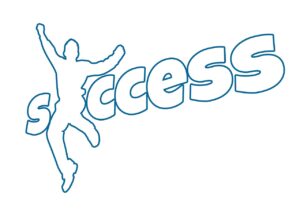
Need more cello help? Go to CelloDiscovery.com. It’s Your Resource for Cello Mastery
For those seeking comprehensive cello lessons and a supportive community, explore Cello Discovery. With interactive music and a welcoming environment, it’s the ideal platform to enhance your cello skills.



